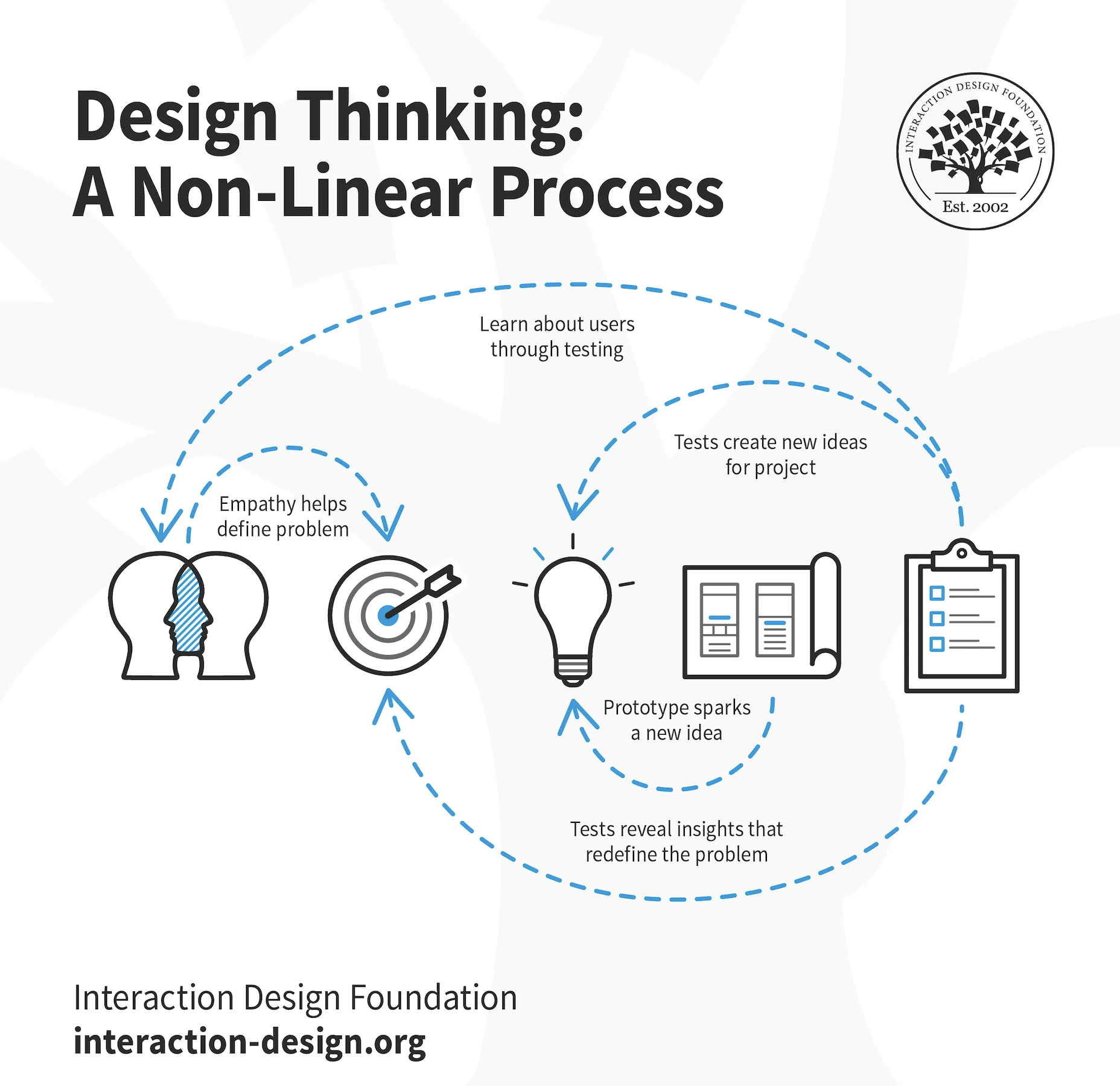A few months ago, in 2022, I was browsing books in a store when one caught my attention. I was flipping through it and found an interesting article about Design Thinking by Indra Nooyi. She explained how design is essential to the product. I hadn’t considered it much before, so I was fascinated by the concept.
In 2012, she hired PepsiCo’s first ever Chief Design Officer, Mauro Porcini, to bring design to the core of their business. She explained how design is critical in every crucial decision they make.
In her words,
For me, a well-designed product is one you fall in love with. Or you hate. It may be polarizing, but it has to provoke a real reaction. Ideally, it’s a product you want to engage with in the future, rather than just “Yeah, I bought it, and I ate it.” — Indra Nooyi1
It’s amazing to see how she understood her consumers’ needs and brought an innovation to the industry. This wasn’t about changing a package or adding more colors, but rather improving the experience between the products and consumer.
What is Good Design?
Recently, I stumbled upon a post about good design while I was researching the topic. Dieter Rams, a German industrial designer, explains his less-but-better approach. He believes that good design should be: functional, unobtrusive, honest, long-lasting, and as little design as possible. Rams believes that when these principles are applied, the result is a product that is both aesthetically pleasing and highly functional.
Ten principles to good design by Dieter Rams2
- Is innovative
- Makes a product useful
- Is aesthetic
- Makes a product understandable
- Is unobtrusive
- Is honest
- Is long-lasting
- Is thorough down to the last detail
- Is environmentally friendly
- Involves as little design as possible
He states, “You cannot understand good design if you do not understand people.”
How can we implement this in our work?
This five-stage approach outlines how we can incorporate good design principles into our product.
- Empathize: research your users’ needs
- Define: state your users’ needs and problems
- Ideate: challenge assumptions and create ideas
- Prototype: start to create solutions
- Test: try your solutions out
These stages may appear to be a linear approach, but it is actually more non-linear. As the image illustrates, gaining more knowledge about the users leads to more ideas, and testing reveals new paths to the solution.
The 5 Stages in the Design Thinking Process by Rikke Friis Dam3

I have listed all the references here. For a deeper understanding of design thinking and how it can help create great products, please read them.
I have always been drawn to simple designs that speak more and make you think. I didn’t realize how important design is for creating timeless products. Steve Jobs is a perfect example of this. He was adamant about perfecting the details. Design and simplicity were at the core of his vision for Apple. That’s another fascinating design story that I’m eager to read.
I haven’t read much about this yet, so maybe I’ll come back with more knowledge.
